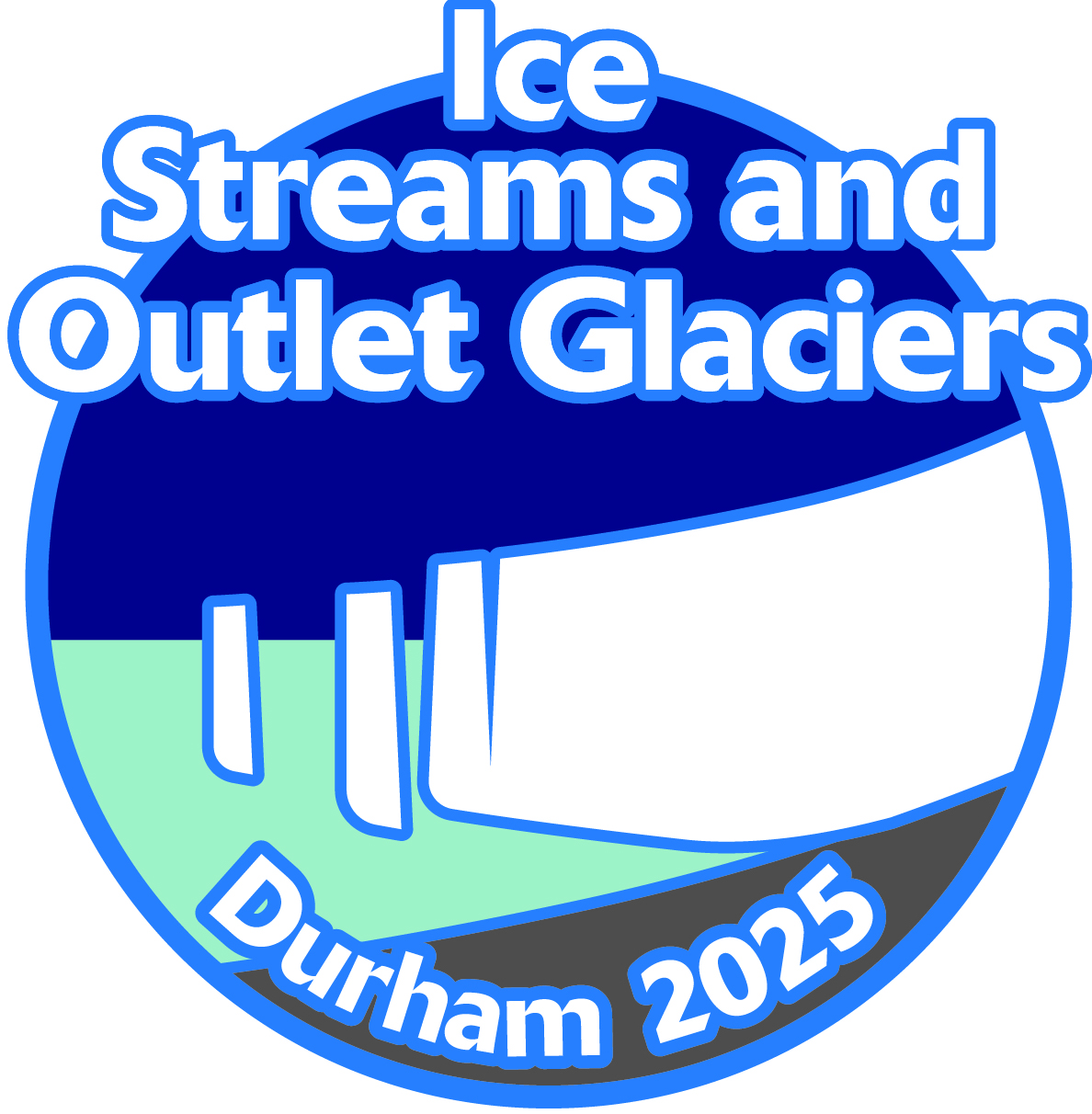The International Glaciological Society (IGS) will prepare a special collection of the Annals of Glaciology with the theme ‘Ice Streams and Outlet Glaciers’ in 2026. The issue will be part of Annals Volume 67. The papers will be published continuously online as part of Annals Volume 67 and will simultaneously be brought together in the special issue’s online thematic ‘Collection’.
Associate Chief Editors: Chris Stokes (Durham University, UK) and Caroline Clason (Durham University, UK)
Scientific Editors: Louise Callard (Newcastle University, UK), Adrian Jenkins (Northumbria University, UK), Dave Roberts (Durham University), Andreas Vieli (University of Zurich, Switzerland); Michalea King (University of Washington, USA).
Schedule for publication:
• 1 May 2025 – submissions open
• 30 Sept 2025 – deadline for submitting a manuscript to this Annals volume.
• 31 Jan 2026 – deadline for supplying final accepted paper.
• Accepted papers will be published online and with DOI right after acceptance, and in final typeset form as soon as authors have returned their proofs and all corrections have been made.
• This Annals Online Collection is scheduled for publication in 2026 as part of Annals of Glaciology Volume 67.
Theme
Ice streams and outlet glaciers are important components of an ice sheet’s mass balance and their behaviour directly impacts on global mean sea level. These corridors of fast-flowing ice have been described as the ‘arteries’ of an ice sheet and their distinction is largely semantic, with ice streams bordered by slower-moving ice and outlet glaciers bordered by exposed bedrock at the surface. Since the recognition of the importance of these features in the 1970s, there has been a huge growth in their investigation. This began with the pioneering work on West Antarctic ice streams and has subsequently expanded to studies of ice streams and outlet glaciers in all of the world’s major ice sheets and ice masses. Of urgent concern for society are recent observations of dynamic changes in ice streams and outlet glaciers which are thought to be partly responsible for an acceleration in global mean sea-level rise.
In parallel, those studying palaeo-ice sheets have long-recognised the distinctive geomorphology of ice streams in both marine and terrestrial settings. The study of palaeo-ice streams offers an unprecedented opportunity to reconstruct their behaviour over time-scales much longer than modern observations permit, generating new insights into the spatial and temporal controls on their flow, including longer-term perspectives on retreat rates and thinning histories. The beds and marginal areas of palaeo-ice streams and outlet glaciers are also more accessible for investigation, leading to new insights regarding the mechanisms of sediment erosion, transport and deposition beneath fast-flowing ice, including the formation of subglacial bedforms; while also informing understanding of meltwater transport pathways and processes operating at the ice-ocean interface.
In addition to empirical studies, there have been major advances in our ability to simulate ice stream and outlet glacier behaviour in numerical models. Moreover, observations and reconstructions of ice streams/outlet glaciers have provided useful data to test and calibrate numerical models, and recent developments have seen improved projections of mass loss.
The aim of this collection is to bring together scientists working on both modern and palaeo-ice streams/outlet glaciers, along with those using numerical modelling, to facilitate greater interaction and the cross-pollination of ideas, data and theoretical insight on one of glaciology’s most important topics.
Suggested Topics
We seek contributions on any aspect of ice streams and outlet glaciers, including observations at a range of spatial and temporal scales and insights gleaned from numerical modelling. Key topics include (but are not limited to):
1. Observations of ice streams/outlet glaciers and their links to the ocean-climate system
2. Interactions between ice streams/outlet glaciers and floating ice shelves/ice tongues
3. Geophysical studies of ice streams/outlet glaciers, including englacial and subglacial observations, and processes of sediment erosion, transport, and deposition
4. The influence of hydrology on ice stream/outlet glacier dynamics (e.g. evolution of subglacial drainage systems, meltwater pathways and supraglacial/subglacial lake drainage)
5. Reconstructions of palaeo-ice streams/outlet glaciers, including their links to the ocean-climate system and investigations of their subglacial sediments and landforms
6. Numerical modelling studies of past, present and future ice stream/outlet glacier behaviour and/or of key processes relating to their behaviour
7. The role of ice streams/outlet glaciers in ice sheet instabilities (e.g. Heinrich events)
If you have questions about the suitability of your paper for this Annals issue, please contact the Associate Chief Editors for this issue, Chris Stokes (c.r.stokes@durham.ac.uk) and Caroline Clason (caroline.clason@durham.ac.uk).
All Annals of Glaciology volumes and papers are Gold Open Access and available on https://www.cambridge.org/core/journals/annals-of-glaciology
The Annals of Glaciology is listed on the ‘Web of Science’. The current (2023) journal impact factor is 2.5.
Please note the usual high standards of IGS publications apply and authors are expected to contribute toward publication of the Annals Collection through article processing charges. For further details on article processing charges, as well as on waivers and discounts, please see https://www.cambridge.org/core/journals/annals-of-glaciology/information/author-instructions/fees-and-pricing
For general information see Annals of Glaciology | IGS
For information on the preparation of manuscripts for submission, please see https://www.cambridge.org/core/journals/annals-of-glaciology/information/author-instructions Papers are to be submitted through: https://mc.manuscriptcentral.com/aog

